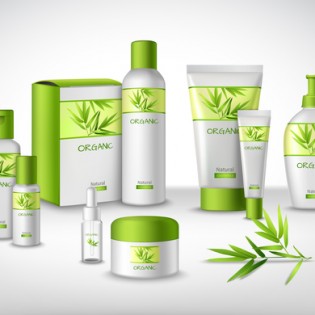Unique product identification in the modern world requires product labeling. Eco or information labels and branded labels are the most common types of such labels. In order to identify different products uniquely, labeling makes it easier for the consumer and the manufacturer too. Food safety is paramount in the world market. The standards for tea labels should comply with regulations set by the FDA and other certified bodies. Tea labeling is crucial since it provides information to the customer consuming it. The origin and supply chain of the tea is important to maximize traceability of possible contamination.
Crucial Information On Labels
- Identity statement
The tea label should clearly indicate the nature and specifics of the product contained therein. The statement should not be vague or suggestive but instead it should be indicative of the content. A common name of the tea product that is descriptive is preferable.
- Ingredients list
The makeup of the tea product should be listed. This includes preservatives and food color in the tea. This ensures that persons with certain allergies or specific dietary requirements are informed before consuming the product. The ingredients should be listed by their normal names. If an ingredient contains other ingredients in it, they should all be listed as well. Percentage of calories should also be indicated on the tea label.
- Statement of net weight
The net weight of the tea should be plainly visible on the label. This is a legal requirement and goes to oversee that the customer gets his/her money’s worth. The net content can be in pounds or ounces. Weight should have the words Net Weight or New Wt. after the amount contained in the package.
- Name and address
As a general requirement, the name and address of the manufacturer is of utmost importance to the client. It also serves as a way to track down certain batches of the product for management or legal purposes. This information should include the city, state and street of the manufacturer. The post office box is not a substitute for the physical address. It must be clearly stated on the tea label if the dealer is a manufacturer, distributor or packer of the product.
The Nutrition Labeling and Education Act stipulates that if nutritional claims are indicated on the label a nutritional facts panel may be called upon. Country of Origin Labeling (COOL) is a requirement of law. Informing customers of the origin of the product they are purchasing is paramount. Tea products come from all parts of the world and different consumers prefer country specific products
In the mainstream tea market, proper certification is a requirement and should be reflected on the tea label. Such certification can be obtained from relevant authorities. This goes a long way in building customer confidence which is a win-win situation for the supplier and the customer too.
All the above requirements are crucial to any dealer of tea products and are requirements by the FDA. A tea label should be able to convey information to the buyer and at the same time offer a promotional platform to the supplier.







